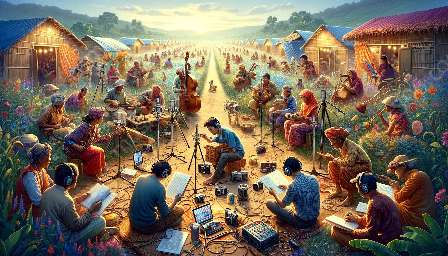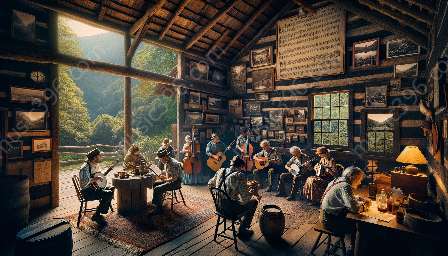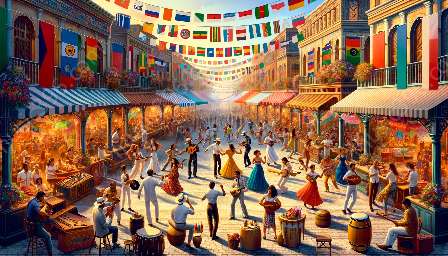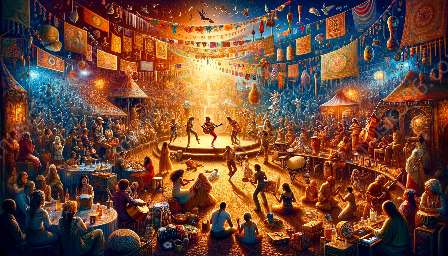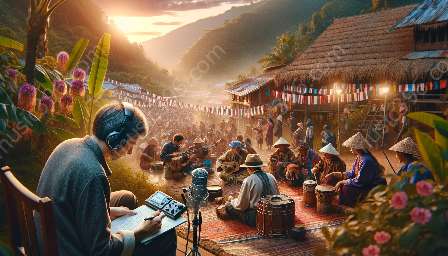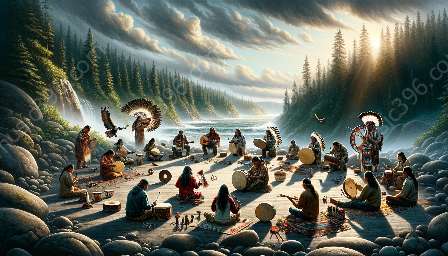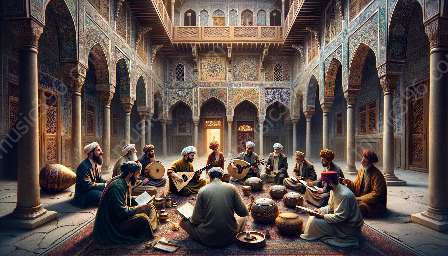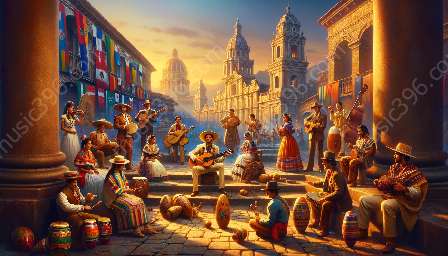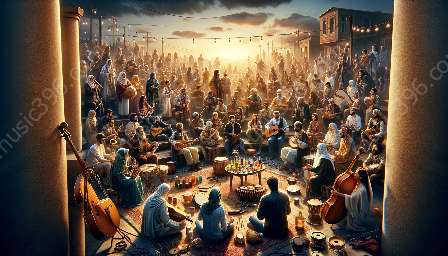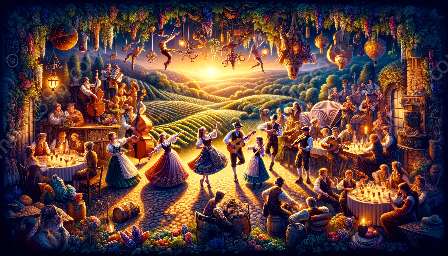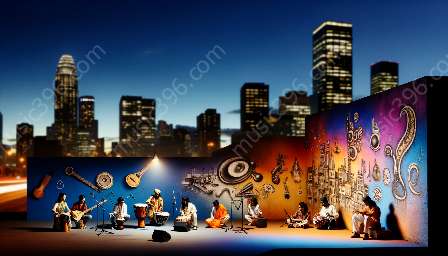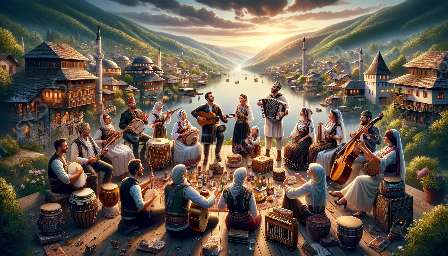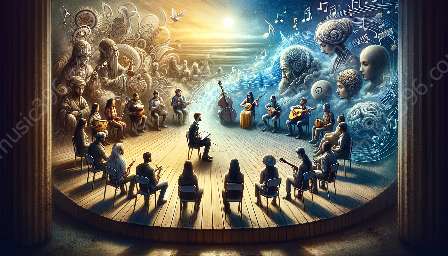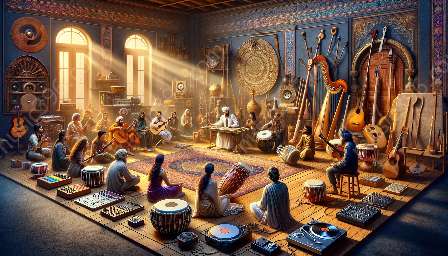Indigenous music in North America is inseparable from storytelling, with narrative and oral traditions shaping musical expressions. Ethnomusicology offers a unique lens through which to understand the significance of storytelling in North American Indigenous music.
History and Significance
The fusion of storytelling and music has been integral to the cultural heritage of Indigenous peoples across North America. For centuries, traditional Indigenous music has served as a vehicle for passing down stories, legends, and histories from one generation to the next. Through music, the rich tapestry of Indigenous narratives and collective memory is preserved and brought to life.
Oral Traditions and Cultural Preservation
Indigenous music often serves as a means of preserving oral traditions, where stories are shared through song and dance. The passing down of these narratives through oral traditions not only maintains the cultural heritage of Indigenous communities but also serves as a form of resistance against forces that seek to erase or marginalize these traditions.
Role of Ethnomusicology
Ethnomusicology, the study of music in its cultural context, provides a comprehensive framework for examining the role of storytelling in Indigenous music. Through ethnomusicological research, scholars investigate the intricate connections between music, storytelling, and cultural identity within Indigenous communities.
Elements of Storytelling in Indigenous Music
- Lyrics and Narratives: Indigenous music often features lyrics that encapsulate stories of creation, heroism, and ancestral wisdom. These narratives are woven into the fabric of the music, serving as a powerful medium for cultural storytelling.
- Ritual and Ceremony: Many Indigenous musical traditions are closely tied to rituals and ceremonies, where storytelling and music intersect to convey spiritual and cultural significance. These performances often serve as vehicles for transmitting sacred narratives and teachings through music.
- Interconnectedness of Music and Storytelling: The interconnectedness of music and storytelling in Indigenous cultures reflects the holistic nature of their worldviews, emphasizing the inseparable relationship between sound, narrative, and community.
Contemporary Expressions
While traditional forms of Indigenous music continue to thrive, contemporary expressions have also evolved to incorporate storytelling in innovative ways. Indigenous musicians and artists draw from ancestral narratives while infusing modern influences to create music that resonates with both traditional and contemporary audiences.
Continuing Legacy
As efforts to revitalize and protect Indigenous languages and cultural traditions gain momentum, the role of storytelling in Indigenous music remains pivotal. By acknowledging the significance of narrative within musical expressions, communities uphold their resilience and perpetuate the storytelling legacy for future generations.


